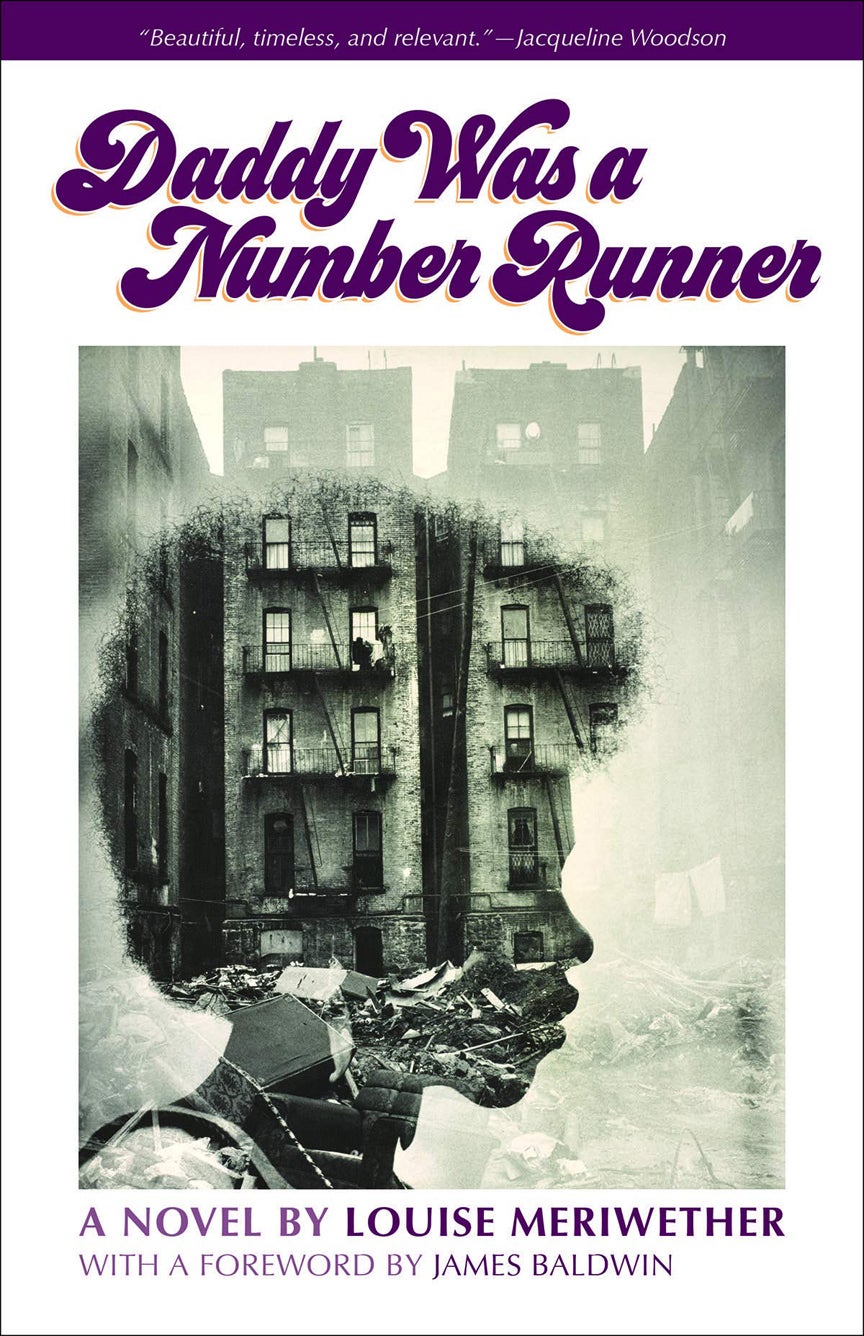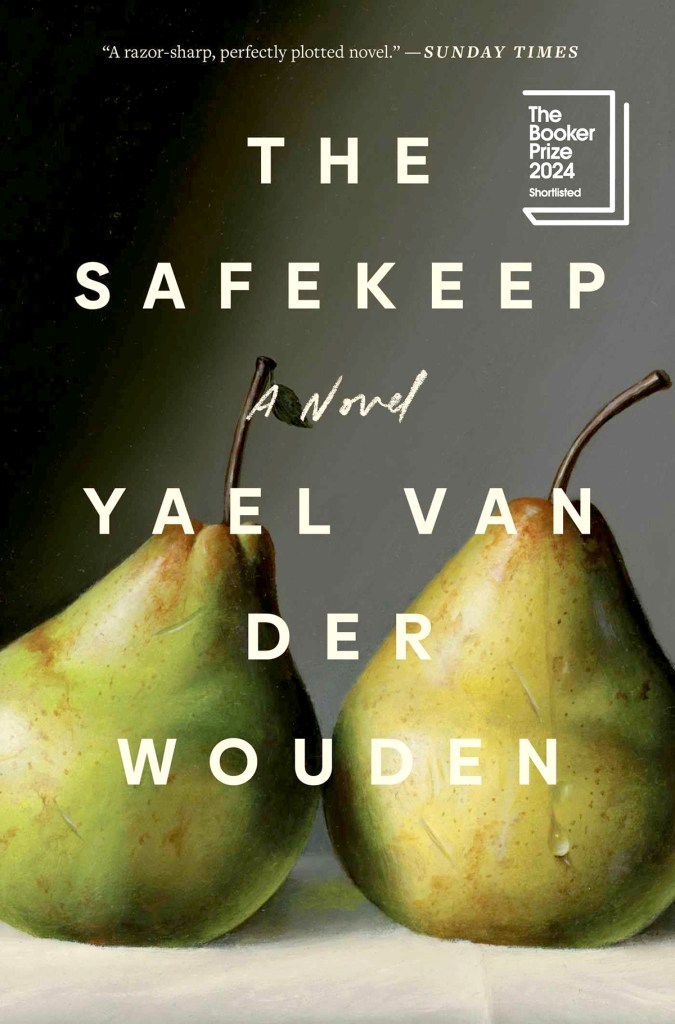
“The Safekeep” by Yael van der Wouden
A piece of a broken plate lies buried in a garden bed. This is how “The Safekeep” begins, and the author, Yael van der Wouden, will eventually tell us how it ended up there. Before that, we will learn about a family of siblings and the house they grew up in.
The house was purchased by their uncle Karel during World War II. Isabel, her mother and her two brothers, Hendrick and Louis, live there until both brothers have moved out and their mother has died. Now in her 30s, Isabel lives in the home alone, and other than the local girl who cleans and makes dinner, no one else steps inside. Isabel will sometimes visit others, including her brothers, but otherwise keeps to herself. There’s a man named Johan who is desperate to court her, but she is unsure about how she feels when he is near her. The boundaries she has developed around personal relationships are clearly drawn and respected by her siblings, who themselves are more carefree and social in how they live their lives.
Louis crashes through these boundaries when he asks Isabel to allow his girlfriend, Eva, to stay with her in the house while he is away on business for a month. This is not a request, she feels, when there is the unspoken but understood reality that the house will belong to Louis when he gets married and starts a family. Isabel is not too worried about the womanizing Louis settling down any time soon, but the imposition of this stranger into her home causes her already tightly-wound personality to sharpen, prompting her to react harshly and confusing her daily routine.
However, there is something about Eva that elicits an unusual response in Isabel. She tries to understand what it is about the woman that troubles her, and why she can’t seem to trust her completely. There’s also the growing list of items around the house that vanish without cause from day to day. Things begin to grow beyond the control of either woman, and the obsessions that follow will alter the course of both of their lives.
“The Safekeep” is an extraordinary novel that tackles the ideas of desire, ownership, abandonment, trauma, and more through the eyes of Isabel and the compact life that she has built for herself. As you learn more about the history of Isabel, Eva and the house they are living in, you begin to understand the volatile nature of their intertwining narrative. You will begin to wonder who can claim ownership of a thing like a plate, or a house, or even a memory.
— Review by Ernie Dixon, Paul Sawyier Public Library
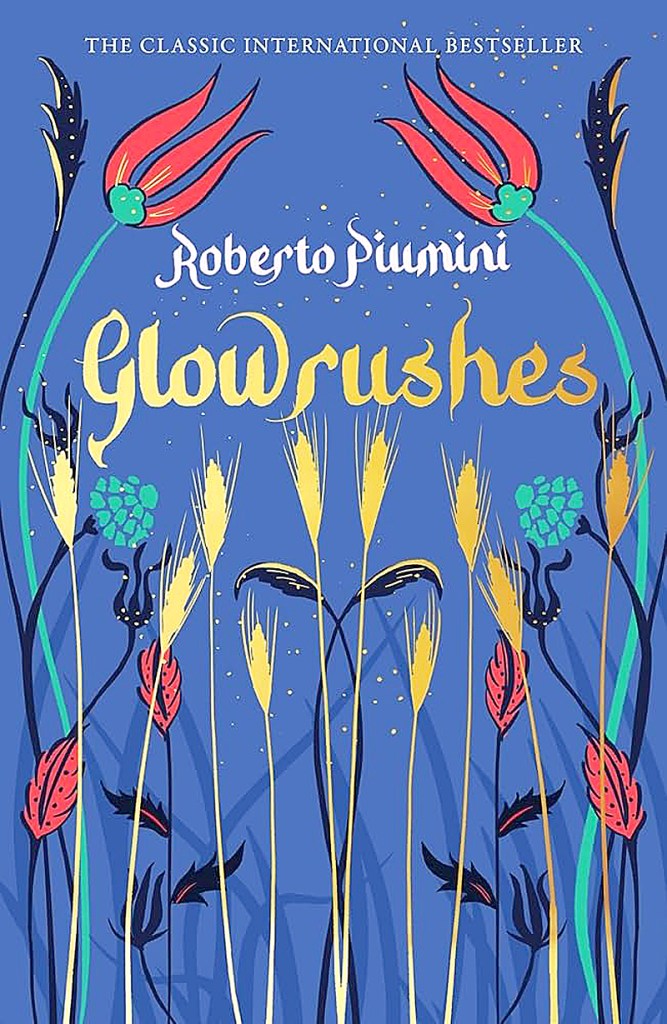
“Glowrushes” by Roberto Piumini, translated by Leah Janeczko
While Piumini is a bestselling children’s author in Italy, the stellar translation by Leah Janeczko, brought this story to English readers in 2022. Published in Italian in 1987, this story is a timeless classic for all ages, much like Saint-Exupéry’s “The Little Prince.” Glowrushes is on the New York Times Best Children’s Books of 2023.
“Glowrushes” tells the story of a sickly prince, Madurer, who is confined to his room in the inner castle where filtered light and air help manage his condition. While King Ganuan visits Madurer, the prince is being raised with the help of royal staff and doctors. Madurer’s mother died after his birth. King Ganuan hires a talented traveling painter, Sakumat, to paint the walls of Madurer’s room.
Madurer paints while conversing with Sakumat, the painting becoming a collaborative storytelling. Art connects Madurer to worlds outside his daily existence. Piumini tells the story so keenly that you feel like you are floating above Madurer’s room, watching the illustrations evolve over many months.
While “Glowrushes” is a tale that wrestles with the theme of death, it is a story about what it means to be alive, how we relate to the people around us, and how we choose to experience the world.
— Review by Megan Pickett, Paul Sawyier Public Library
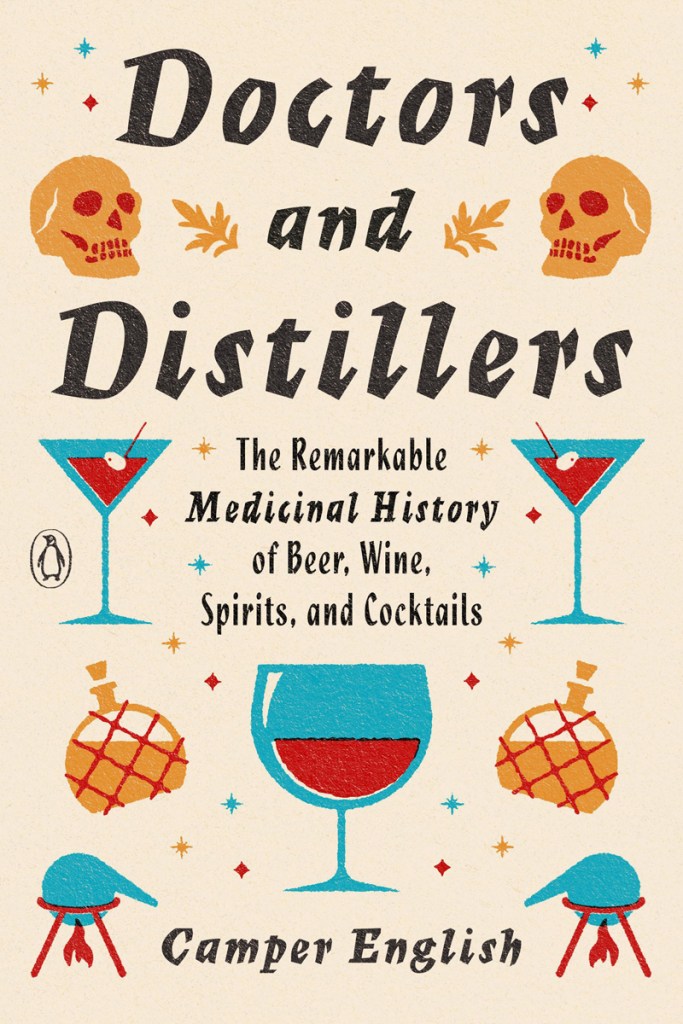
“Doctors and Distillers: The Remarkable History of Beer, Wine, Spirits and Cocktails” by Camper English
Camper English has written a cultural history of the transition of alcohol as a medicinal treatment to a social event.
This story begins with alchemy, the primitive chemical science of attempting to create gold from other lesser substances. These self-taught chemists thought that in addition to the four elements of earth, air, fire and water, there was a fifth element known as the “quint essence,” or the “philosopher’s stone.” This stone was thought to speed up a reaction. One could create by distilling what took Mother Nature years to make.
The Chinese thought that gold grows in the earth by a slow process and “is evolved from the immaterial principle underlying the universe, passing from one form to another up to silver, and then from silver to gold.” Gold was thought to prolong human life or even to render one immortal. It was believed that gold by nature does not rot or decay; therefore, when included in the diet, the duration of life becomes everlasting.
The alchemists threw everything into the still to find out what happens and to extract the quintessences. If you could change metals into gold, and you could create medicines that would prolong health.
In 1500, a surgeon and apothecary wrote the “Small Book of Distillation,” considered to be the first printed manual on the subject. This was not meant to be a book on alcohol, but for “medicinal waters.” Herbs and spices were slowly added to the process and the distilled formula was then guaranteed to cure worms, convulsions, colic and even the plague. These may have not cured anything but provided a nice buzz from the alcohol.
English goes on to include a side history of how the medieval monks making their own wine and beer, also made Buckfast, a tonic wine to treat colds and influenza.
Beer was used for wound care, wine for deworming and whiskey for snakebites. The benefits of alcohol were beginning to outweigh water. It was considered to be medicine in moderation and poison in excess. There is even a chapter on poison, and the fake promises of quack medicine.
Part scientific analysis, part history scattered with cocktail recipes throughout, it is interesting to know the history of what you are drinking.
— Review by Lizz Taylor, Poor Richard’s Books
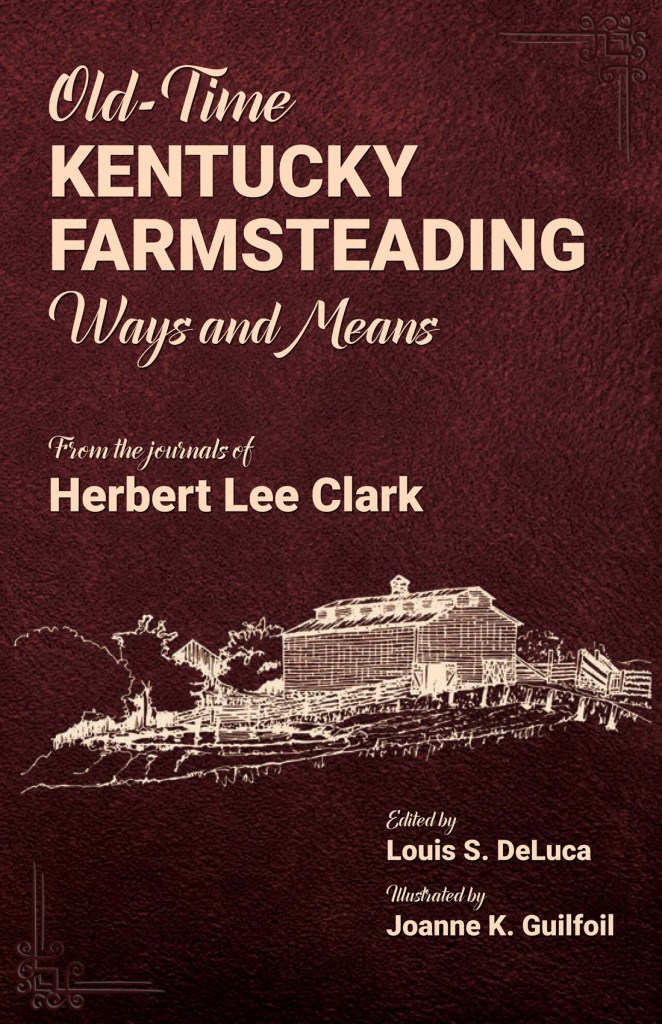
“Old-Time Kentucky Farmsteading: Ways and Means” by Herbert Lee Clark
Herbert Lee Clark was a stone mason and lifelong farmer in Shelby County. He kept a multi-volume journal of anything relating to farmsteading. In the early 1970s, he met Lou DeLuca and agreed to build a chimney from the stones of an old cabin on the DeLuca farm in Avenstoke. At some point, Clark shared his journals with DeLuca hoping that they could be made into a book.
DeLuca distilled the journals into this book that covers most everything that happens or is required to happen on a farm. This could easily be compared to a condensed version of the “Foxfire” series. DeLuca has created categories such as buildings, animal food, human food and odds and ends. This last category contains a month-by-month work calendar, especially useful for the newly initiated homesteader.
The first thing I learned was the term “through stone.” Such a stone is ¾ the thickness of the stone wall and is laid from one side of the wall, with another stone of the same thickness being laid on the other side of the wall. Through stones should be located every 5 feet in the length of the wall and every 18 inches in its height. Now, when I drive past a solid rock wall, I look for these “through stones,” and when I see a fallen wall, I notice the absence of these vital stones.
The section on animals includes common diseases with symptoms and suggested remedies. I have seen horses wearing blankets in weather I thought too warm for such. I never considered that the blanket might be keeping horse flies from biting and pestering the horse. Nor did I know that a bit of turpentine rubbed on the blanket will help keep the flies away. I also learned that carrots are better than a store-bought blood tonic and help check symptoms from too much dry feed.
I especially appreciated the section on the farmer’s best friend, his dog. Dogs will help protect the farm animals by barking, and growling. But they can also protect the farmer’s crops by chasing away raccoons and skunks.
If you are interested in using methods of management that have been proven for generations, this book will be a useful reference.
— Review by Lizz Taylor, Poor Richard’s Books


